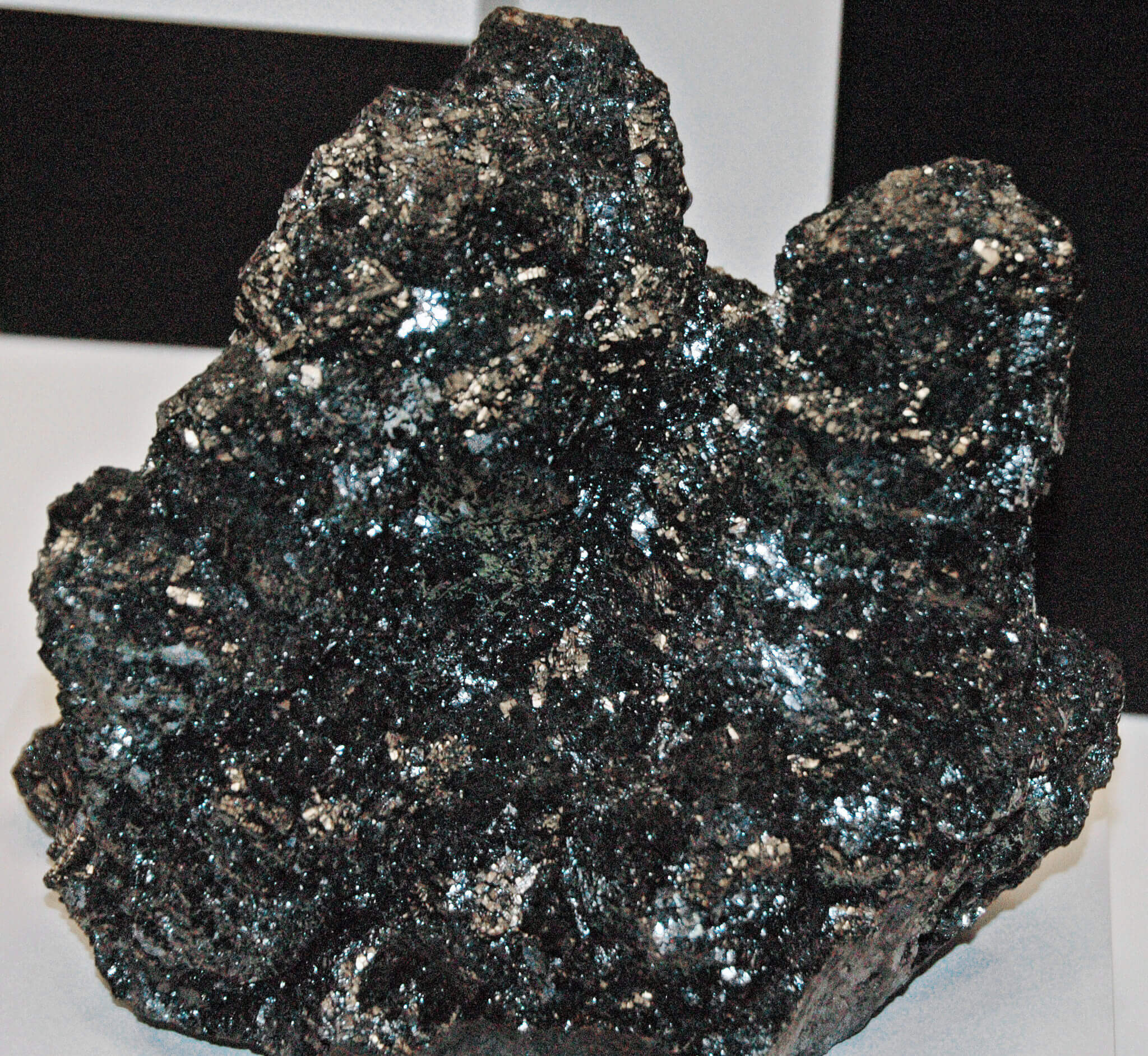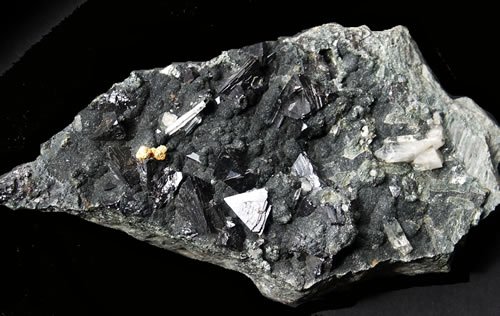Business
Why we shouldn’t take the zinc demand for granted
The world’s supply of zinc has been dropping due to the reduced number of zinc mines.

Just how much zinc does the planet have? This is a question that the ordinary person has perhaps never asked. This is not surprising since zinc demand while being very high, does not mean the metal quite captures the popular imagination. This is unlike, for example, gold or silver.
As precious metals, gold and silver carry significance for religious, mystical, and even mythical reasons. They’re not just metals anymore but symbols of purity, spirituality, wealth, and excellence; for these reasons, they are prized and admired universally.
And yet, we have, on the other hand, zinc. It is the fourth most in-demand base metal in the world simply because it is part of the foundation of modern civilization. All modern humans depend on structures and products made with zinc as a component.
Whether a high-rise office building or factory; a street; a highway, bridge or railways spanning thousands of miles, none of them are possible without zinc. Even cars, trucks, ships, and airplanes, these are all possible because of zinc.
Versatile metal
About 50 percent of the world’s zinc supply is used to galvanize steel and iron. Galvanization is the process where steel and iron are coated with zinc to protect them from rust and corrosion. Buildings, bridges, homes, roads, virtually all human structures that use steel and iron depend on zinc. Likewise, any sort of vehicle that uses steel and iron also requires zinc in its manufacture.
The second largest use for zinc in the world is for die casting, at about 17 percent. Die casting is the process of creating metal objects by injecting liquid metal into a mold. This process is important when making precisely shaped metal objects that become components of tools, machinery, and devices. Zinc, plus aluminum and magnesium are the top three metals preferred in die casting.
One example of a die-cast component is the seatbelt latch. This latch is placed inside the seatbelt’s buckle and helps lock the belt in place. Die-cast zinc is a common material for making these latches. It is also used in smartwatches, tablet devices, gaming headsets, mobile microphones, printers, and cameras. Satellites and medical equipment also use parts made from die-cast zinc.
Other uses for zinc are in the making of alloys like bronze and brass; the making of certain coins; various chemicals used in the manufacture of commercial and industrial materials like rubber and batteries; and also in the making of food supplements and fertilizer.
Important for progress
Perhaps the world’s top consumer of zinc is China. China is now engaged in massive infrastructure projects as it aims to become more industrialized and urbanized. It is building megacities meant to house millions of people and generated billions, even trillions of dollars in income. These megacities will be connected by thousands of kilometers of railways, roads, and bridges.
In all these projects, zinc will be one of the invaluable components, and China will be consuming millions of tons of this base metal for nearly two more decades.
China, which is already the world’s top economy, is bent on changing the planet’s economic order so it can progress industrially, economically, and even geo-politically. In line with this aim, China is not just engaged in massive infrastructure construction within itself but also in other countries.
According to the New York Times, China is funding infrastructure projects in the most diverse places in the world, especially developing nations. From Kenya to Laos, to Peru and Sri Lanka, to Greece, Budapest, Serbia, and the Philippines—China is willing to fund construction projects to extend its economic and political influence. This overall objective is under its “One Belt, One Road” policy.
There’s an upside for these countries, of course. They are usually cash-strapped and unable to fund infrastructure projects sorely needed to drive their economic engines forward. A necessary consequence of this is that the demand for zinc, with all these building and manufacturing activities, will only rise globally.

Zinc demand is prompted its use in different industries. (Photo by University of Exeter via Flickr. CC BY 2.0)
Zinc supply versus zinc demand
This brings goes back to the question asked in the beginning: just how much zinc is there on the planet, considering that humans will be needing more of it? One estimate by Eastern Alloys, Inc. says there’s around 1.9 billion tons of zinc in the Earth’s crust. However, it doesn’t mean that we’ll be able to get to all of that. It all depends on the locations of these zinc deposits, and whether human scientific and technological know-how makes extraction possible.
For the past several four to five years, the world’s supply of zinc has been dwindling, mainly because of depletion of supply from existing zinc mines. Zinc mines in Australia, Ireland, China, North America, and other places have shut down, so there’s an urgent need to find new zinc deposits.
This shortage amid increasing demand already has the expected effect of zinc prices. Zinc prices are already up 40 percent from five years ago, and it was the best performing metal in 2016.
Junior mining companies, in particular, have been causing a stir in the investment community: they are the ones leading the way in exploring and discovering new zinc deposits. For example, there’s the Callinex (FRA: CAX) zinc project in Canada; and also the Ayawika zinc project in Peru, owned by Tinka Resources (CVA: TK)
With a world still hungry for zinc, it’s no wonder that miners, explorers, and investors are paying more attention than ever to the base metal.
(Featured Image By James St. John via Flickr. CC BY 2.0)

-

 Impact Investing3 days ago
Impact Investing3 days agoEuropeans Urge Strong Climate Action Amid Rising Awareness and Support
-

 Cannabis2 weeks ago
Cannabis2 weeks agoRecord-Breaking Mary Jane Fair in Berlin Highlights Cannabis Boom Amid Political Uncertainty
-

 Biotech1 week ago
Biotech1 week agoVytrus Biotech Marks Historic 2024 with Sustainability Milestones and 35% Revenue Growth
-

 Crypto3 days ago
Crypto3 days agoRipple Launches EVM Sidechain to Boost XRP in DeFi


























You must be logged in to post a comment Login